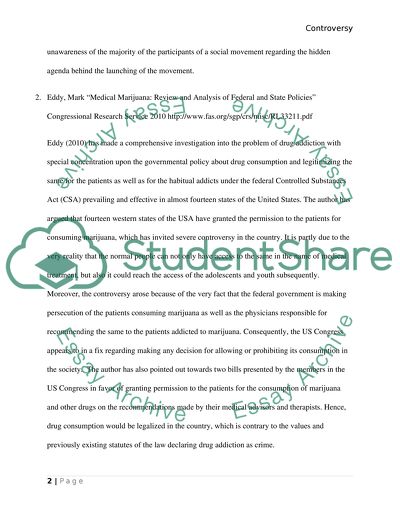Cite this document
(“Between Old and New: Social Movements and Cultural Change Essay”, n.d.)
Retrieved from https://studentshare.org/literature/1445019-controversy-analysis
Retrieved from https://studentshare.org/literature/1445019-controversy-analysis
(Between Old and New: Social Movements and Cultural Change Essay)
https://studentshare.org/literature/1445019-controversy-analysis.
https://studentshare.org/literature/1445019-controversy-analysis.
“Between Old and New: Social Movements and Cultural Change Essay”, n.d. https://studentshare.org/literature/1445019-controversy-analysis.


